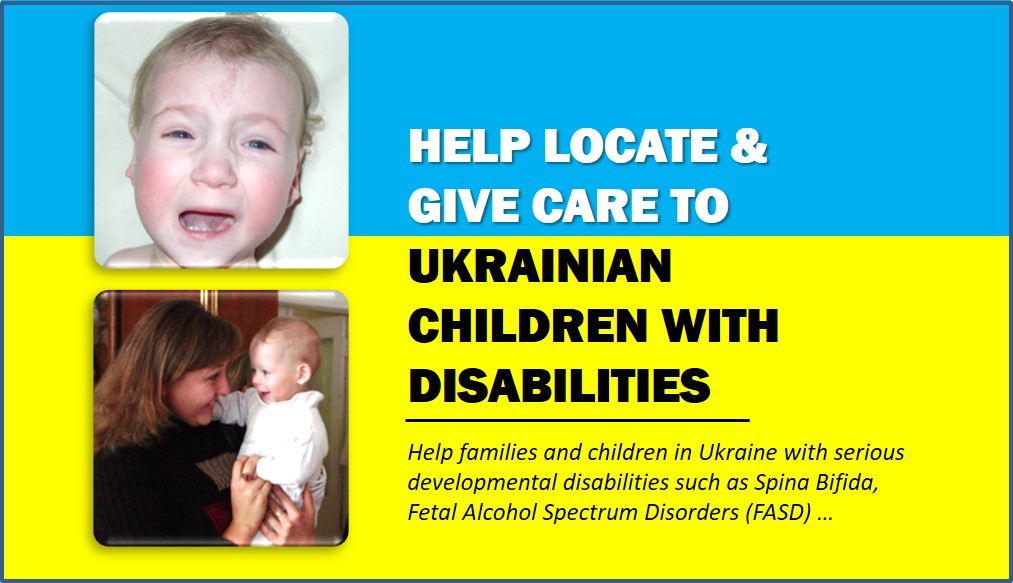Prevalence of some congenital anomalies
European Registration of Congenital Anomalies
 [for Professionals mainly] [for Professionals mainly]
Congenital anomalies - Neural tube defects -
Anencephaly -
Encephalocele -
Spina bifida -
Hydrocephaly -
Microcephaly
Birth Defect Surveillance Data from Selected States, 1989-1996
National Birth Defects Prevention Network (NBDPN)
 [for Professionals mainly] [for Professionals mainly]
Online Multiple Congenital Anomaly/Mental Retardation (MCA/MR) Syndromes©
Stanley Jablonski, United States National Library of Medicine, June 15, 2004
 [for Professionals mainly] [for Professionals mainly]
A database of structured descriptions of congenital abnormalities associated with mental retardation.
Influence of Abnormal Parturition, in Relation to Deformities
W. J. Little, MD, Neonatology on the Web, January 12, 1997
 [for Professionals mainly] [for Professionals mainly]
Nearly twenty years ago, in a course of lectures published in the "Lancet," and more fully in a "Treatise on Deformities," published in 1853, I showed that premature birth, difficult labours, mechanical injuries during parturition…
National Birth Defects Prevention Network
National Birth Defects Prevention Network (NBDPN)
MISSION STATEMENT: "The mission of the National Birth Defects Prevention Network is to establish and maintain a national network of state and population-based programs for birth defects surveillance and research to assess the impact of birth defects upon children, families, and health care; to identify factors that can be used to develop primary prevention strategies; and to assist families and their providers in secondary disabilities prevention."
Birth Defects
March of Dimes Birth Defects Foundation
Our mission is to lead the fight for the health of all moms and babies. Our goals are to end the preventable maternal health risks and deaths, end preventable preterm birth and infant death, and close the health equity gap.
Economic Costs of Birth Defects and Cerebral Palsy -- United States, 1992
Morbidity and Mortality Weekly Report (MMWR) September 22, 1995 / 44(37);694-9 prepared by the Centers for Disease Control and Prevention (CDC)
Birth defects are the leading cause of infant mortality in the United States and the fifth leading cause of years of potential life lost ... This report uses data from California (adjusted to provide national estimates) and national data to estimate the costs of these 18 conditions occurring in the United States during 1992 ... Estimates were adjusted to reflect national costs in 1992 dollars ... For 1992, the combined estimated cost of the 18 conditions in the United States was $8 billion (Table_2). Costs ranged from $75,000 to $503,000 per new case ... cerebral palsy {$503,000}, Down syndrome {$451,000}, and spina bifida {$294,000} ... these conditions had among the highest total lifetime costs ($2.4 billion, $1.8 billion, and $489 million, respectively ...
Trends in Infant Mortality Attributable to Birth Defects -- United States, 1980-1995
Morbidity and Mortality Weekly Report (MMWR) prepared by the Centers for Disease Control and Prevention (CDC)
Infant mortality has declined in the United States ... Birth defects are the leading cause of infant mortality (1), but infant mortality attributable to birth defects (IMBD) has not declined as rapidly as overall infant mortality. From 1968 to 1995, the proportion of IMBD increased from 14.5% to 22.2% ... During 1980-1995 ... overall infant mortality declined 39.8% ... overall infant mortality caused by birth defects increased from 20% to 22% ...
Birth Defects and Pediatric Genetics
Centers for Disease Control and Prevention (CDC)
Birth Defects Surveillance
The Birth Defects Surveillance Toolkit serves as a resource for those looking to establish or enhance a surveillance programme for birth defects. It provides an overview of the purpose and importance of these types of programmes, and serves as a companion for planning, implementing, and evaluating a programme.
Leading Categories of Birth Defects (PDF)
CDC, Metropolitan Atlanta Congenital Defects Program, and California Birth Defects Monitoring Program, 2003
Heart and circulation 1 in 115 births … Muscles and skeleton 1 in 130 births … Club foot 1 in 735 births … Cleft lip/palate 1 in 930 births … Genital and urinary tract 1 in 135 births … Nervous system and eye 1 in 235 births … Anencephaly 1 in 8,000 births … Spina bifida 1 in 2,000 births … Chromosomal syndromes 1 in 600 births … Down syndrome (Trisomy 21) 1 in 900 births … Respiratory tract 1 in 900 births … Metabolic disorders 1 in 3,500 births … PKU 1 in 12,000 births … Congenital Infections … Congenital syphilis 1 in 2,000 births … Congenital HIV infection 1 in 2,700 births … Congenital rubella syndrome 1 in 100,000 births … Rh disease 1 in 1,400 births … Fetal alcohol syndrome 1 in 1,000 births …
________________________________________________________________________________________________
Last Updated: 2023/07/24
________________________________________________________________________________________________
|


 [for Professionals mainly]
[for Professionals mainly]




